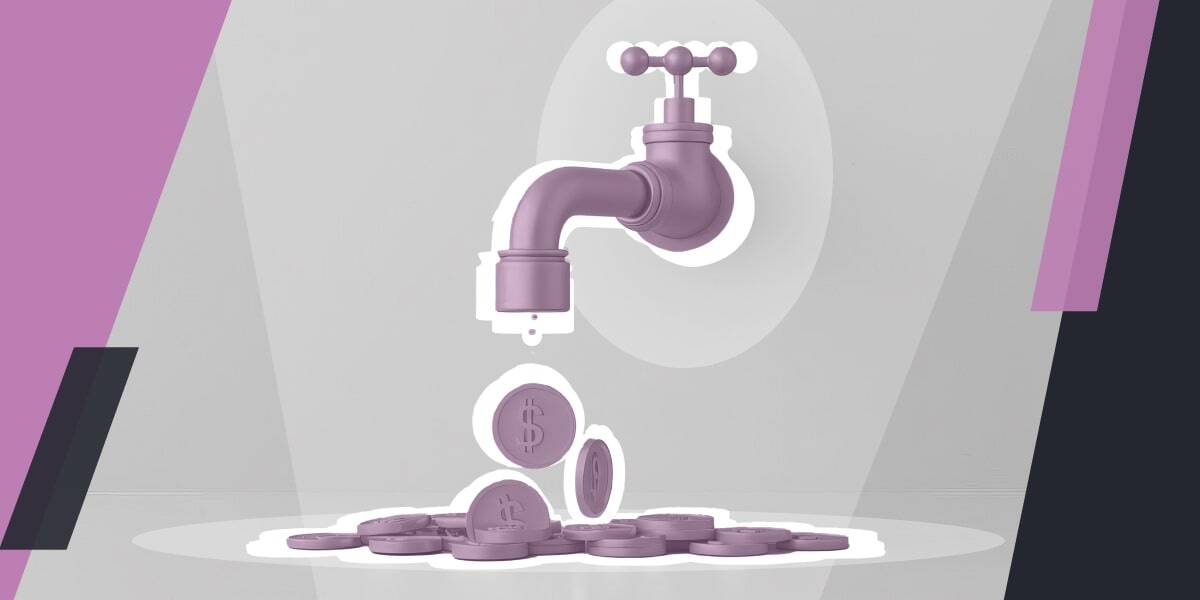.png)
0bf7.jpg?width=440&name=Events%20(1).jpg) Editor's note: This post was originally written in 2016 and has since been updated for relevance and accuracy.
Editor's note: This post was originally written in 2016 and has since been updated for relevance and accuracy.
There have been plenty of articles written on the importance of using inbound marketing, including social media, to publicise events - but very little on the importance of events to inbound marketing and your overall B2B marketing strategy.
Inbound marketing content thrives on stories, but sometimes they can be a bit thin on the ground. So what can you do? Well, you can create your own story, and that’s essentially what creating an event is all about.
Here are just four reasons why events make for great content, and how to maximise their benefit.
1) They can involve lots of people
A conference or seminar can involve a large number of delegates or attendees - each of these may blog, tweet, pin or post about the event. This can increase your reach on social media and visibility in search engines significantly.
Strategy checklist
- Make sure it's easy to get online at the event by providing free Wifi that’s easily accessible - no signup screens. Make sure the password is supplied to all delegates with reminders at the start of presentations and on handouts.
- Create a hashtag for the event to use on Twitter, Instagram, Facebook etc. and publicise it widely before the event and on all publicity and marketing material throughout the event.
- Consider using an application such as Twitterfall or Tweetbeam that allows you to collate and display tweets on screens and on websites in real-time. (Depending on the circumstances and audience, you may need to moderate this.)
- Create one official location to "check in" to and publicise it. (If you don’t do this, attendees may check into multiple locations or incorrect locations.)
- Create a publicly accessible library of images and graphics that delegates and speakers can easily access to use in their social media posts.
- Consider incentives to encourage sharing - competitions, freebies, meet with VIPs, etc.
- Distribute press releases in electronic form to make it easy for delegates to repost the material. Many journalists and bloggers will take and use existing copy - so go with that, and write your releases like a blog post rather than an old-style press release. And don’t forget images.
- Create plenty of photo opportunities - selfies in particular! Consider setting up a unique background or set for this. You could even add a few props.
- Make sure that VIPs, special guests and speakers, etc. are available for photo opportunities, audio and video interviews.
- Make sure that VIPs, special guests and speakers, etc. share the event on their own social media channels.
- Make sure that the Twitter names of VIPs and speakers, etc. are publicised online, in handouts and on marketing material.
- Share the event in real time on all your own social media channels. Use great images in your posts and encourage copying and resharing.
- Consider video streaming of appropriate elements of the event.
2) They allow you to reach out to customers and prospects
Events like conferences, seminars, training days and the like are a great opportunity to talk to prospects and customers and get their feedback on your products and services. Don’t waste the chance.
Strategy checklist
- Create feedback forms for the event. Make them easy to fill in.
- Interview clients and prospects while they are there. Use the opportunity to get them to tell you about how they found you, the issues they face, how they use your products or services, and what their ultimate product or service would look like.
- If appropriate, run focus groups and feedback sessions on your product or services. Get them to tell you how they feel about your products or services.
- Talk to clients and capture case studies, hints and tips, predictions and more for future blog posts.
- Ask them if they would like to write a guest post for your blog or take part in a video or podcast. Face to face is always the best way to broach this subject with clients.
3) Events can provide the time and the venue to create unique content
Getting your own people all in one place can also enable unique opportunities to create content.
Strategy checklist
- Film product demonstrations, tips and tricks videos, how-to guides.
- Interview staff for people, product or service profiles.
- Take group pictures and videos.
4) Big or unique events tell great stories
Events can be a great way of creating unique content - something that is unusual, on a large scale or a one-off can be a great story - so make sure you capture it.
Strategy checklist
- Cover the event like a journalist - writing up every element. Consider commissioning a writer to cover it from an outsider’s point of view.
- Film any visually interesting features.
- Take photographs of everything.
- Record speeches, or other potential audio content for podcasts or reference.
- Capture all talks and presentations on video.
- Keep copies of all handouts and presentation materials, slide decks and papers.
It should really go without mentioning, but it’s important, so I’m going to remind you anyway - your own presence at the event should also reflect an inbound rather than an interruptive approach. Provide plenty of educational, useful material and content, be as helpful as possible throughout and don’t force advertising or promotional content on people.
If you do even just a few of these recommended actions, you will have a rich vein of material to mine for future content that should produce a wide range of effective posts. In addition, the benefits of social sharing and the impact of the event itself should provide a boost to your marketing.
Big, significant, meaningful events can, and should, be an important part of your B2B marketing strategy.




